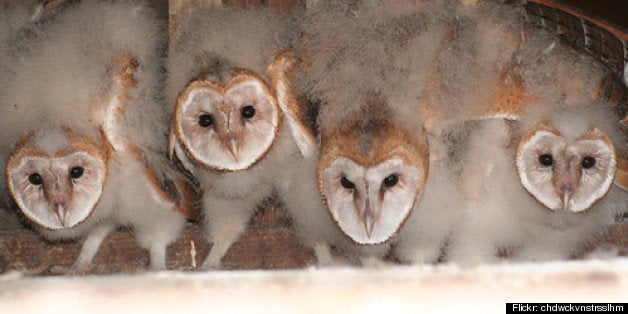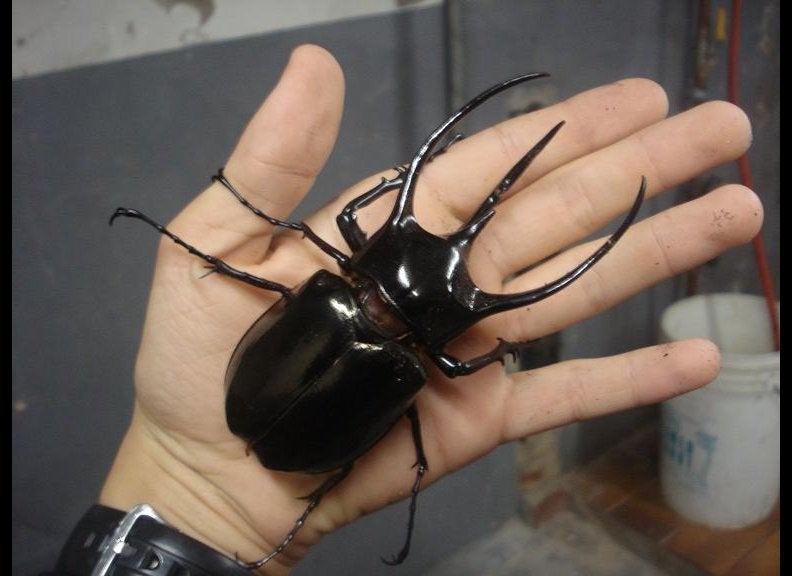
Cute kittens may be an internet staple, but a new study published in the journal Frontiers in Zoology is shifting the spotlight (if only briefly) to owlets. Among other things, the study shows that baby owls sleep a lot like human babies.
The research also reveals a curious link between changing sleep patterns in the baby birds and a gene involved in producing melanin-containing spots on the birds' feathers--a finding that suggests that sleep-related processes in the brain are linked to melanism in adult owls and in other animals.
Melanin is a naturally occurring pigment. Melanism, the development of dark skin or appendages, is considered the opposite of albinism.
For the study, researchers at the Max Planck Institute for Ornithology in Seewiesen, Germany and the University of Lausanne in Switzerland used tiny sensors to monitor brain waves and body movements in 66 baby barn owls of different ages. The sensors stayed in place for up to five days before the researchers removed them.
What did the sensors show? That as baby owls grow up, they spend less and less time in REM (rapid eye movement) sleep. Scientists already knew that birds, like humans, experience REM sleep--which in humans is linked to vivid dreams. But it had been unclear whether time spent in REM sleep declines in birds as it does in humans.
With more research, one of the researchers--the institute's Dr. Niels Rattenborg--said in a statement that "this naturally occurring variation in REM sleep during a period of brain development can be used to reveal exactly what REM sleep does for the developing brain in baby owls, as well as humans."
Of course, it takes no research to appreciate just how cute owlets really are.

